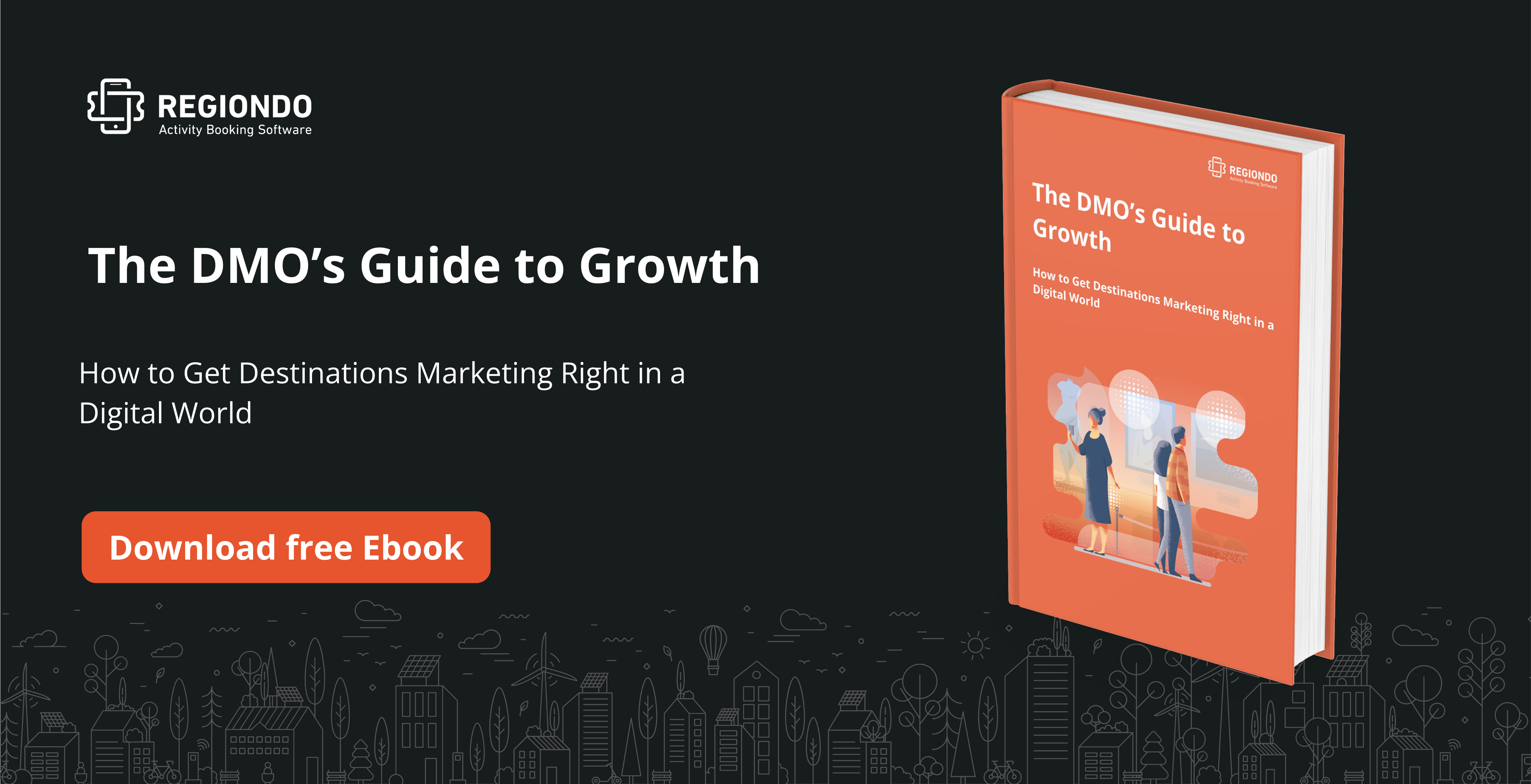After you’ve done the hard work of creating a tourism business that you love and are proud of, welcoming an influx of customers feels like the natural next step. There’s a good chance that you’ve had some success with that already, especially if you’ve been seeing lots of friendly faces and getting great reviews on TripAdvisor. However, you may have noticed one thing missing: your international audience!
If you’re constantly running your tours at max capacity, expanding your global reach probably isn’t a big priority. But if you’ve found that despite your best efforts, you’ve still got some spots left open, it might be time to consider expanding your marketing efforts.
International guests are great because they can act as a massive opportunity to increase your sales, depending on where you run your tours. Tour operators in the United States, for example, may not be so reliant on visitors from outside the country simply because the population itself is large enough to sustain high tour numbers. For business owners in Mauritius, however, attracting an international audience is an absolute must. Here are a few tips to get you started introducing your tours to a global audience.
Editor’s note: This is a guest contribution by Alison DeGuide. Alison is the Sr. Web Coordinator for TourismTiger – the premier web design agency for tour and activity operators.
1. Translate your website and marketing efforts into other languages.
The easiest way to market your tour business to international guests is by making sure your website, brochures, pamphlets, and any other materials you use are in the language of the country or region you’re after. For example, if you’re seeking tourists from Latin America, your website should be translated into at least Spanish and Portuguese. As long as you make it clear that the tours themselves aren’t offered in this other language, having a translated site can be useful for your guests.
I am personally much more comfortable browsing a site in my native language, English, and nearly always do so, even if I’m looking at experiences that I know will only be offered in another language like Spanish. There’s something about going through the booking and payment process that is much less anxiety-provoking if I can read it in my native language, and I’m less likely to stop the process simply because I don’t recognize a certain word.
On the tours themselves, however, it’s not as big of an issue if I misunderstand a word or two. Therefore, even if you don’t offer bilingual or multilingual tours, I still recommend translating the site itself.
With Regiondo, you can implement your ticket shop, booking widgets or booking buttons in different languages. That way, you can place offers on your multilingual website in up to 11 languages. Try it for free.
2. Keep your audience in mind when considering your content and SEO strategies.
Implementing keywords in your content is great for search engine optimization, but you never want to prioritize it over actual readability. You’re not going to be able to translate your website into every language, so it’s pretty likely that at least one of your visitors will be forced to read in a language they aren’t as familiar with as their own.
Stuffing your content full of irrelevant keywords is not only bad for SEO: it can also make your content difficult to comprehend. At Tourism Tiger, we’re big fans of the Hemingway App, which tells you what reading level your content is at. It’s good practice to aim for 8th grade or below, as it will be understandable to the largest amount of readers possible.
The same care should be taken when deciding what keywords to use. If you’re a tour operator targeting the U.S. audience, you can bet that they’re going to be looking up “customizable tours” with a “z”. On the other hand, a U.S. tour operator may want to keep in mind that their friends across the pond are more likely to look up “bespoke tours” or “customisable tours” with an “s”.
Having a strong presence on Facebook, Google My Business, and Instagram is definitely a recommended practice since those are big sites with lots of users. However, it won’t do you much good to share the posts that you’ve had meticulously translated into Chinese onto these forms of social media since they’re blocked in China. Instead, you need to go to the social media that the people in your targeted international audience are using, like VK in Russia.
The same goes for how you receive inquiries from clients. While it might not be a big deal for your German customers to phone a tour operator in Spain, your Australian guests probably won’t want to pay for long-distance phone fees. Making yourself accessible by Skype or similar video chat software is one way to solve this issue and ensure that guests who prefer to discuss an experience over the phone are still able to do so, despite the distance.
This is also why it’s important to use the popular messaging application WhatsApp. If your customers are from a country where communicating via this platform is a way of life, you won’t be winning them over by not using it. It’s easy enough to make an account for your business and to take calls or messages there. Making yourself available on WhatsApp might even set you apart from your competition if other tour operators in your area don’t allow potential guests to reach them via this software. And who wouldn’t want to take advantage of extra opportunities to make your business shine?
4. Make use of targeted advertising opportunities.
Both Facebook and Google allow businesses to use their advertising services to target specific groups of people, whether that be by age, location, or another demographic. The location targeting option is especially useful if you’re trying to attract guests from a specific country. Just create your ideal ad, have it translated to that country’s language, and let it fly! Not sure where to start? Check out Tourism Tiger’s guides on how to use Google Ads and Facebook strategically for your business.
Remember that advertising doesn’t have to be completely online. Putting ads in local newspapers or magazines in the country whose residents you’re trying to attract could get you directly into the hands of your target audience. If that sounds like a lot of work, don’t fret! You can always begin by reaching out to travel agents in said countries and seeing if they would be willing to help sell your tours. Once you develop a relationship with them, they’ll probably be able to tell you the next best place to market your brand.
Conclusion
All in all, expanding your promotion strategies to an international audience doesn’t mean you have to learn a new language or completely revamp your tours. It just requires a little more thought about the needs of potential guests when they’re looking to book with ease. This is something you’ve probably already considered for your domestic audience, so don’t let the process intimidate you! Just start with some of our tips, and get ready to welcome your new international guests.
You might also like:




